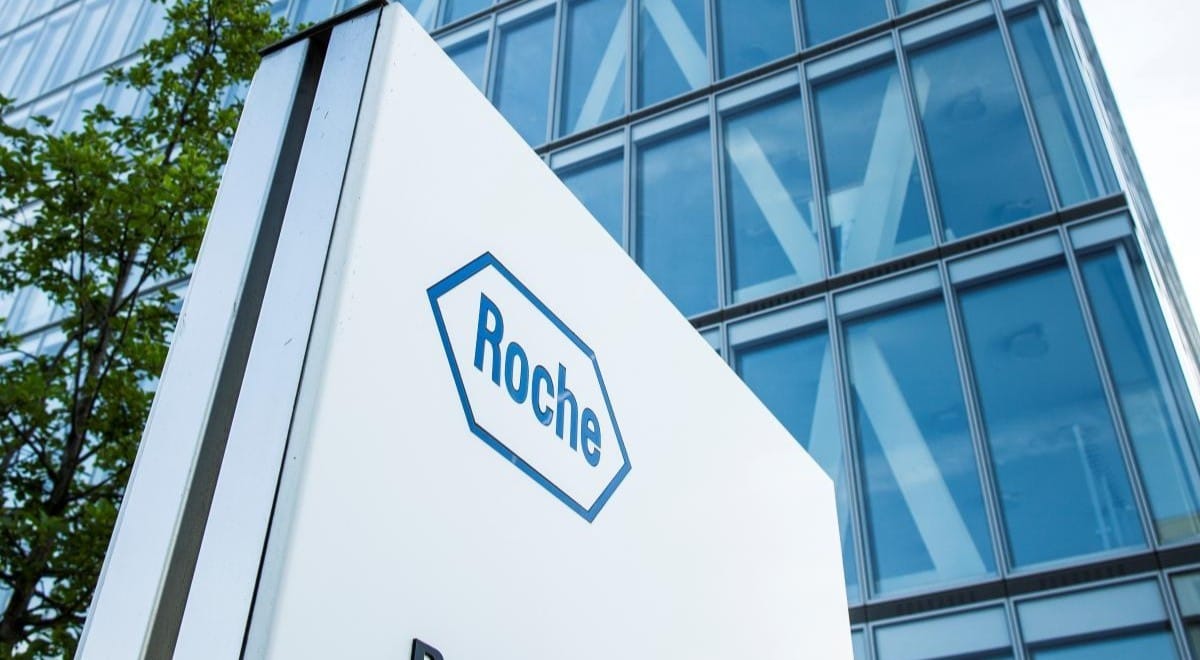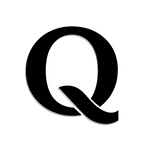Roche’s Giredestrant Clears Phase 3 Hurdle—How Big Is the Prize?
Positive evERA data make giredestrant a real contender in HR+/HER2– breast cancer. Late-line use points to ~$1B peak; earlier-line wins could multiply that.

Roche scored a clean Phase 3 win for its oral SERD giredestrant, saying the evERA study met both co-primary endpoints and significantly prolonged progression-free survival when combined with Novartis’s everolimus versus physician’s-choice endocrine therapy plus everolimus in post-CDK4/6–treated HR-positive, HER2-negative metastatic breast cancer. The benefit was seen in the overall population as well as in tumors harboring ESR1 mutations—an increasingly important resistance marker—while safety looked consistent with the known profiles of the component drugs, the company said. Regulators now have a late-line dataset anchored to a standard-of-care comparator in a population that oncologists routinely triage toward the everolimus pathway, a practical on-ramp for filing.
Commercially, the immediate prize is focused but real: evERA gives Roche a credible label path in the post-CDK4/6 setting where everolimus is used today, and an all-oral regimen is likely to appeal to doctors and patients navigating chronic therapy. The broader revenue debate, however, turns on two earlier-line programs—first-line metastatic with a CDK4/6 inhibitor and adjuvant use—where treatment durations and eligible populations are far larger. Roche’s leadership has previously framed the total addressable market for oral SERDs in early settings at more than CHF 10 billion annually, underscoring why success beyond evERA could transform giredestrant from a niche option into a franchise.
Two Phase 3 trials will decide whether giredestrant breaks out of a late-line niche. persevERA tests first-line use with palbociclib versus the standard letrozole-palbociclib backbone in HR+/HER2– metastatic disease, with progression-free survival as the primary endpoint. A win here would move an oral SERD into the largest metastatic pool and could reset the default endocrine partner for CDK4/6 combinations. lidERA asks the bigger, longer-tail question in early-stage disease: can adjuvant giredestrant outperform physician’s-choice endocrine therapy after surgery? Positive data would open a much broader population with multi-year treatment durations, the core of Roche’s >CHF 10 billion oral-SERD opportunity if early settings succeed. Timelines point to primary completion and data flow in 2025–2026; labeling breadth (ESR1-restricted or not), tolerability with CDK4/6 inhibitors, and cross-trial positioning versus AstraZeneca’s camizestrant will shape ultimate uptake.
For our readers focused on the model: today’s result likely supports a base-case peak around the $1 billion mark if use remains largely confined to the evERA population; the upside skew comes from first-line metastatic and adjuvant readouts over the next 12–24 months, which could lift peak sales into the multi-billion range if data are competitive and labels aren’t restricted to ESR1-mutant disease. The next catalysts are fuller efficacy details, survival follow-up, and clarity on regulatory timelines, any of which could recalibrate expectations for how far giredestrant can extend beyond its new beachhead.
In the near term, the giredestrant headline won’t rewrite Roche’s P&L. What it does change is sentiment: after a string of stumbles, evERA shows the R&D engine can still hit meaningful clinical endpoints and move assets toward market. That restored credibility—more than the immediate sales math—is the real takeaway.
Our Deep Dive on Roche:

Author

Investment manager, forged by many market cycles. Learned a lasting lesson: real wealth comes from owning businesses with enduring competitive advantages. At Qmoat.com I share my ideas.




